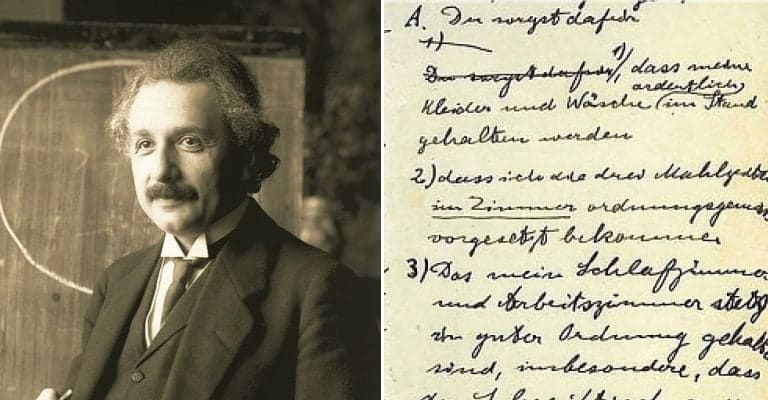Despite being one of the most mundane tasks imaginable, writing to-do and other organizational lists has been going on for centuries. Even great minds like Galileo, the famed 16th-century astronomer, took time out of their genius lives to write simple shopping lists. For historians, such records provide a tantalizing glimpse into the daily lives and routines of famous figures. For modern icons, like John Lennon, humorous interview list responses can show an endearing and comedic side of already well-known personalities. It also humanizes famous and illustrious people to know that they spent time cataloging items or reminding themselves of things they needed to do, just like us.


